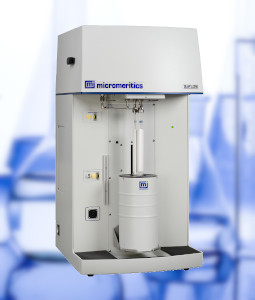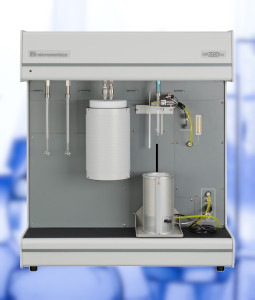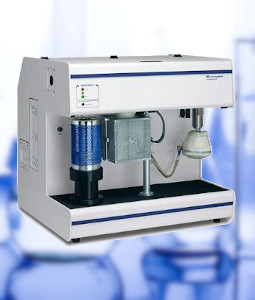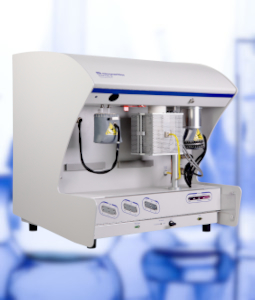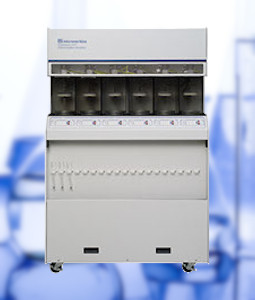
Improved design, effectiveness and performance of catalysts require an in-depth understanding of the surface structure and surface chemistry of the catalytic materials. Chemisorption is utilized to determine a catalyst’s efficiency in promoting a desired reaction as well monitoring the degradation of catalytic activity/regeneration over time.
Chemisorption is used to quantitatively measure the number of surface active sites which are used to promote a specified catalytic reaction. Critical parameters for chemisorption measurement are: the area of the active element, metal dispersion, surface acidity, exposed proportion of the active element.
During the chemisorption process the adsorbing gas or vapor molecule splits into atoms, radicals, or ions that form a chemical bond with the adsorption site. This interaction involves the sharing of electrons between the gas and the solid surface and may be regarded as the formation of a surface compound. We offer two instrumental techniques for chemisorption analysis, the static volumetric technique and the dynamic (flowing gas) technique. The former technique is performed by the Micromeritics ASAP 2020Plus, which operates over a range of pressures. The dynamic chemisorption technique is utilized by the 3Flex Chemi, Chemisorb and AutoChem series of instruments. These three instruments utilize pulse chemisorption in a dynamic flow system to titrate the active surface.
